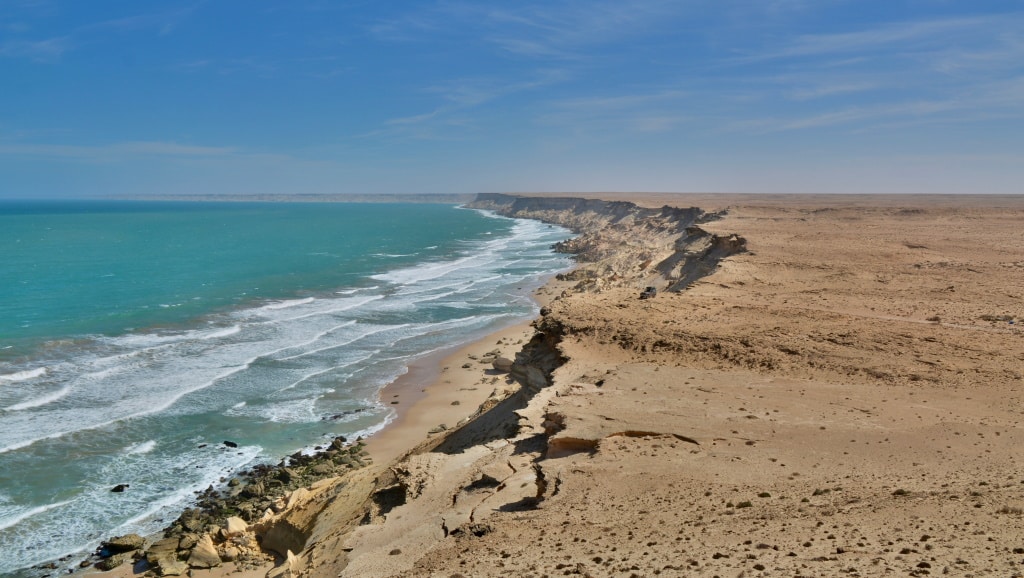Ahead of the 35th African Union (AU) Summit to be held in February 2023 in Addis Ababa, Ethiopia, Morocco is suggesting the creation of a “platform of African experts on natural disaster management”. The initiative submitted to the appreciation of the AU Permanent Representatives Committee (COREP) by the Cherifian kingdom will have as its mission “the development and coordination of a common strategy to cope with climate hazards,” explains Mohamed Arrouchi.
According to the Moroccan ambassador to the United Nations Economic Commission for Africa (UNECA), the aim will be to strengthen the continent’s resilience to extreme weather events, particularly floods and droughts, through funding mechanisms and joint technical support.
If unanimously approved by the 55 AU member countries, the “African platform of experts on natural disaster management” advocated by Morocco should help improve and secure people’s livelihoods. Indeed, 256 million Africans are in a situation of food insecurity, including 38 million people in West Africa, according to the United Nations Food and Agriculture Organisation (FAO). According to the UN agency based in Rome, Italy, this situation is exacerbated by flooding and drought.
Promoting climate resilience
Morocco has a vested interest in a coordinated African response to climate hazards. This is because the North African country is increasingly threatened by coastal erosion, particularly in the lagoon of Nador, the coastal city of Essaouira, as well as in the low coastal plains of Oued Nekkor and Oued Laou. It is in this context that the World Bank is implementing the Resilience and Integrated Disaster Risk Management Program in Morocco until 31 December 2023. Through this initiative, the Kingdom of Morocco will increase investments in meteorological stations, as well as the development of agro-forestry and tourism.
Read also-MOROCCO: Faced with coastal erosion, the World Bank supports climate resilience
In addition to Morocco, several African countries are permanently confronted with climate risks. This is the case of Madagascar, which is regularly affected by episodes of prolonged drought. This drought affects the protected area of Anjozorobe Angavo, located 90 km north-east of Antananarivo. This is a primary forest corridor, one of the last remaining natural forests in the central highlands of Madagascar, where 558 plant species, 34 amphibian species, 36 reptile species and 75 bird species live together.
Benoit-Ivan Wansi
